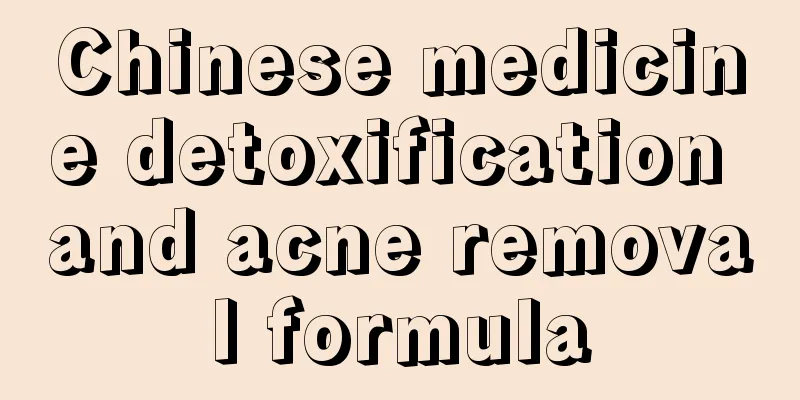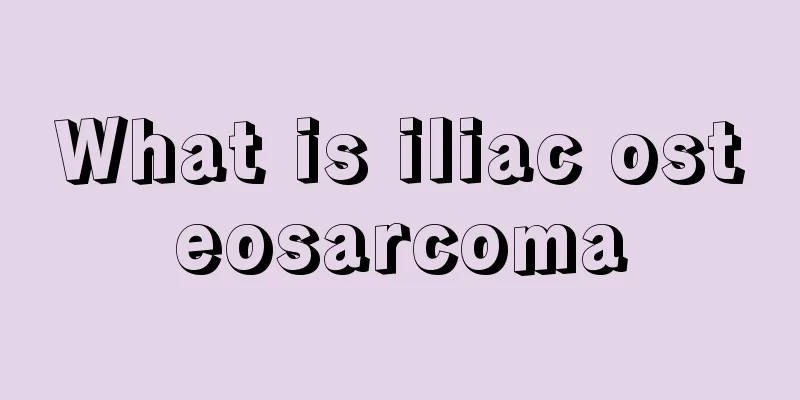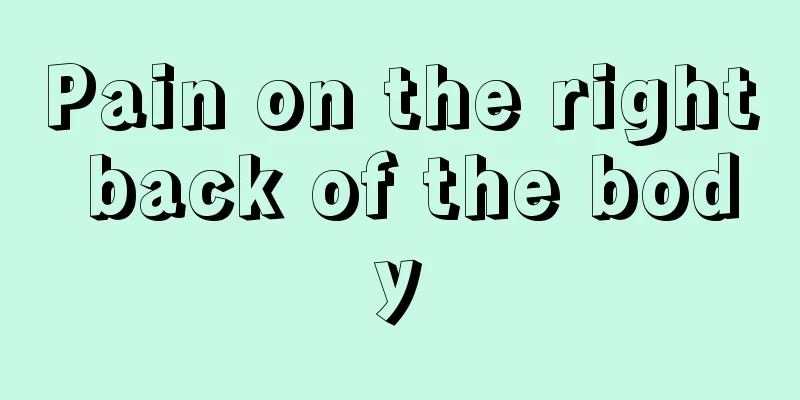What is the cause of chest and rib pain

|
Many people suffer from chest and rib pain in life. Although chest and rib pain will not have much impact on physical health, it will have a serious impact on everyone's daily life and work. Active treatment and prevention are very necessary. After all, no one wants to get sick and wants to be healthy. Chest and rib pain requires clear cause identification and targeted treatment so that the disease can be controlled in time. What is chest and rib pain? When it comes to chest and rib pain, the first thing to look at is whether the patient has trauma. If there is no trauma, then we need to see if there is a local rash, because most rib pain may be intercostal neuralgia, costochondritis, etc., and the cause may be rash and herpes zoster. In addition, the pain may also be caused by related lesions of the thoracic paravertebral spine. Symptoms of intercostal neuralgia The most common site of intercostal neuralgia is the second costal cartilage on the left side of the human body, followed by the second costal cartilage on the right side and the third and fourth costal cartilages. The surface of the site of intercostal neuralgia will not have inflammation such as redness, swelling, and fever. It often occurs in young and middle-aged people, generally more in women than in men, and is also relatively common in the elderly. 1. Intercostal neuralgia is divided into secondary and primary types. Root intercostal neuralgia may be caused by diseases such as thoracic vertebra degeneration, thoracic vertebra tuberculosis, thoracic vertebra injury, thoracic vertebra dura mater, tumor, ankylosing spondylitis, etc.; trunk intercostal neuralgia may be caused by lesions of the ribs, mediastinum or pleura. 2. Primary intercostal neuralgia is rare. When intercostal neuralgia occurs, pain can be seen radiating from back to front along the corresponding intercostal space in a semicircular shape; the pain is stabbing or burning. 3. Physical examination revealed obvious tenderness beside the spinous processes of the thoracic vertebrae and in the intercostal spaces; patients with typical radicular intercostal neuralgia had a positive neck flexion test; the distribution area of the affected nerves often showed signs of neurological impairment such as hyperesthesia or hypoesthesia. Treatment of intercostal neuralgia The pain of intercostal neuralgia is unbearable for patients, so what are the treatments for intercostal neuralgia? 1. Surgical treatment The "lifting and tapping method" is a treatment method for intercostal dysmenorrhea and is suitable for costovertebral joint subluxation. In order to eliminate pain and cure diseases, some patients will choose "stretching and kneading method" or "thoracic vertebra rotation and reduction method". Both of these techniques can massage and rotate the soft tissues in the intercostal space to achieve the purpose of treating diseases. If you suffer from chronic intercostal neuralgia, you can use the "prone press method" or "thoracic vertebra rotation reduction method" according to your actual situation. 2. Drug treatment 1. Internal treatment with traditional Chinese medicine: This disease can be treated with traditional Chinese medicine that can promote blood circulation, remove blood stasis, reduce swelling and relieve pain. Taking traditional Chinese medicine that replenishes qi and blood and strengthens tendons and bones can also achieve certain therapeutic effects. If the muscles and bones are not nourished, you should take medicine that can nourish the muscles and bones. 2. You can also use external treatment with Western medicine. Some anti-inflammatory and analgesic ointments are suitable for patients with intercostal neuralgia. Just apply the ointment to the painful area. 3. Traditional Chinese Medicine 1. Massage therapy Massage is clinically effective in treating intercostal neuralgia caused by thoracic vertebrae injury or degeneration. This type of patient often has abnormal position of the thoracic spine joints. After correction through thoracic spine reduction technique, the pain can be significantly relieved. 2. Acupuncture treatment Acupuncture is a method of using metal needles to pierce certain acupuncture points of the human body and applying manipulation to adjust the Yingwei Qi and blood; moxibustion is a method of rubbing moxa into moxa sticks or moxa cones, which are then ignited to warm the skin surface of the acupuncture points to achieve the purpose of warming the meridians and harmonizing Qi and blood. |
<<: What are the benefits of soaking garlic in boiling water
>>: How to refresh yourself when you feel sleepy in the afternoon
Recommend
What is the difference between dry glue and hair spray
If you want to make yourself look energetic, you ...
Can correction belts improve leg shape?
If the legs are not straight, it will not only af...
What are some traditional Chinese medicines that can soothe the liver and relieve depression?
If liver qi stagnation occurs, it will often lead...
What stage of nasopharyngeal carcinoma is considered early stage and what is the best treatment effect
What are the early stages of nasopharyngeal cance...
How to maintain good health in winter
In the relatively cold winter, people are often a...
Do you know the misunderstandings about removing neck wrinkles?
As we age, our skin becomes more and more loose, ...
What are the dietary principles for patients with vitiligo
Vitiligo is a relatively stubborn skin disease. P...
How to detect formaldehyde poisoning
Formaldehyde generally exists in our daily life i...
Five common sense of daily care for thyroid cancer
Thyroid cancer is a serious malignant tumor of th...
Chronic gastritis and frequent farts
If you feel that you fart a lot and also have bel...
There are blisters under the skin after the scab falls off
It is inevitable that people will get injured in ...
Introduction to the three major treatment methods for early gastric cancer
For this common digestive tract cancer, the treat...
What should you pay attention to in your diet after radiotherapy and chemotherapy for lung cancer? The main precautions for diet during radiotherapy and chemotherapy for lung cancer
There are many causes of lung cancer, including s...
Swimming pool water allergy
With the arrival of summer, in addition to the va...
What to do if kidney function is damaged
Renal damage is a relatively dangerous symptom fo...









